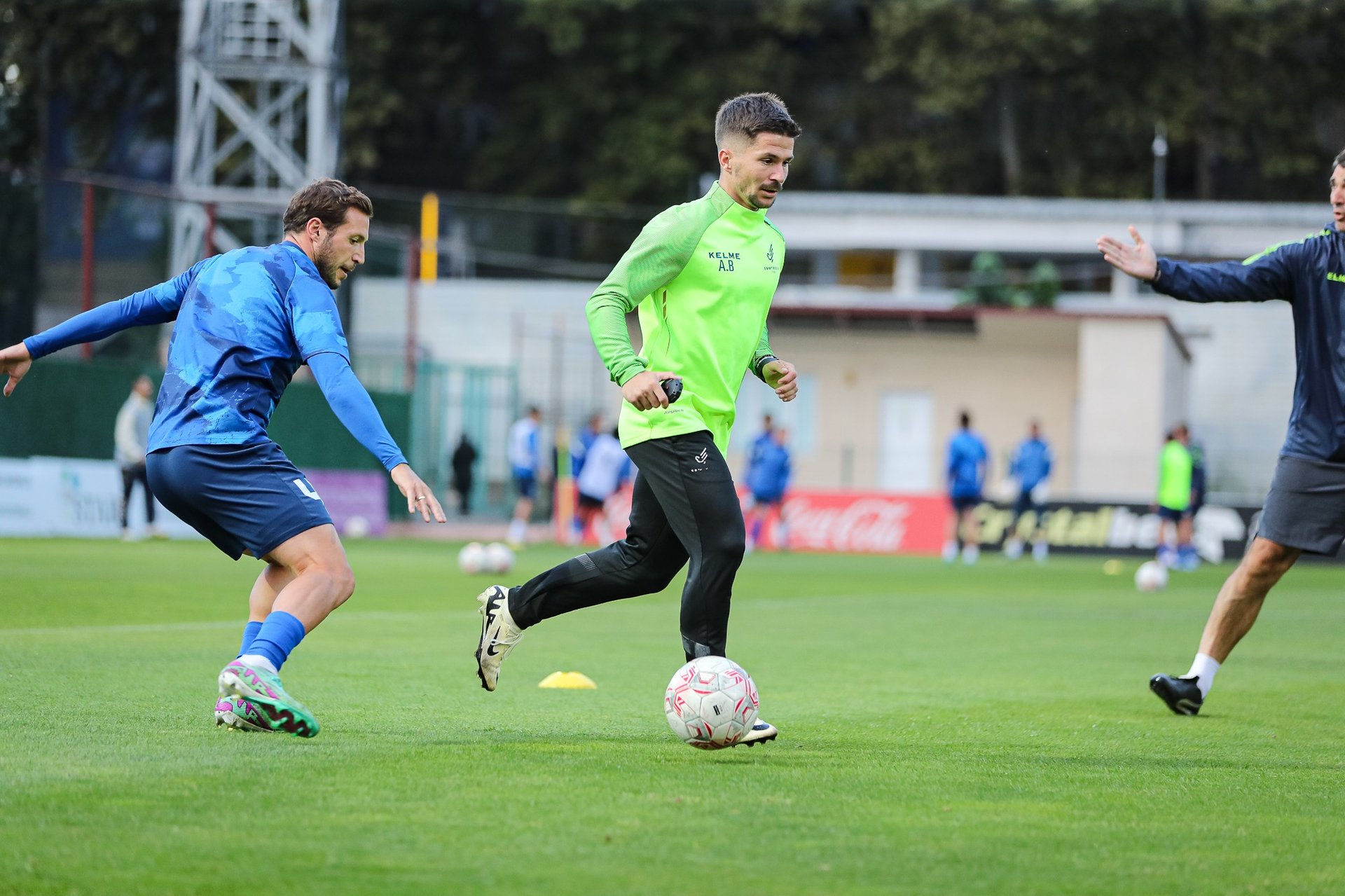Blood Flow Restriction Training


Blood Flow Restriction (BFR) Training
In the early stages of training after an injury, individuals may struggle to perform high-intensity strength exercises due to the muscle atrophy caused by the detraining process. This is where blood flow restriction (BFR) training becomes relevant. BFR training involves applying external pressure (without reaching full occlusion) to a limb to restrict blood circulation during exercise. Specifically, it entails total occlusion of venous flow and partial occlusion of arterial flow in the targeted limb.
The goal of BFR training is not to completely block blood flow, as this is unnecessary and could increase risks. Instead, by restricting venous return while allowing partial arterial flow, BFR training can achieve physiological benefits safely during short exercise bouts.
Mechanism of BFR Training
When strength training is performed at 20-30% of one-repetition maximum (1RM) under restricted blood flow, it induces a reduction in oxygen supply to muscle tissue, known as hypoxia. This hypoxic environment triggers a cascade of hormonal responses, including a significant increase in growth hormone (GH) levels in blood plasma. This increase is more pronounced compared to training without occlusion or with light occlusion alone.
In traditional high-intensity strength training, muscle failure leads to hypoxia and the accumulation of intracellular metabolites, a phenomenon known as metabolic stress. This metabolic stress plays a key role in stimulating the release of hormones involved in protein synthesis. BFR training replicates this process at lower intensities by inducing fatigue and reducing oxygen supply to the muscle.
Adaptations from BFR Training
Interestingly, research by Takarada et al. (2000) demonstrated similar increases in both strength and muscle cross-sectional area when comparing high-intensity strength training to low-intensity training combined with BFR. The sequence of adaptations differs between these methods:
High-intensity traditional training: Strength gains occur first through neural adaptations, followed by muscle hypertrophy.
Low-intensity BFR training: Hypertrophy occurs first, followed by subsequent strength gains.
Practical Applications
BFR training is particularly useful in rehabilitation settings where high-intensity training is not feasible. By enabling muscle hypertrophy and strength gains at lower intensities, BFR provides an effective alternative for maintaining and improving muscle function during the early phases of recovery.

